When to Fertilize Apple Trees: How to Fertilize Apple Trees Season by Season
Apple trees are a favorite in many home gardens, offering beauty in spring and a delicious harvest in fall. But to keep them healthy and productive year after year, knowing when and how to apply the right fertiliser for apple trees is key.
The proper fertiliser, used at the right time, can make the difference between a small harvest and a season full of crisp, flavorful apples.

Why Fertilizing Apple Trees Matters
Fertilizing is about more than just feeding your tree—it’s about giving it what it needs for balanced growth, strong roots, and high-quality fruit. A thoughtful apple fertilization plan ensures your tree gets the nutrients it needs through every stage of its life, from newly planted sapling to mature fruit-bearing tree.
Before you apply fertilizer, it’s essential to have your soil tested. A soil test reveals your soil pH, texture, and nutrient levels so you can make informed choices about which nutrients to add. Apple trees thrive best when the soil pH is between 6.0 and 7.0 and rich in organic matter. If your soil is too acidic, consider using soil sulfur to balance pH (Soil Sulfur – 5 lb Box).
Understanding Apple Tree Nutrient Needs
Apple trees depend on a mix of macronutrients and micronutrients to grow strong and produce quality fruit. Among the most important are nitrogen (N), phosphorus (P), and potassium (K)—often called the NPK trio. Nitrogen supports leafy tree growth, phosphorus boosts roots and flowers, and potassium improves fruit quality and disease resistance.
If your tree is nutrient deficient, you might see yellowing leaves, slow growth, or small fruit. Organic fertilizers, such as chicken manure or compost, add nutrients while improving soil texture. You can explore more natural fertilizer options under organic nitrogen fertilizers, high phosphorus fertilizers, and high potassium fertilizers on Grow Organic.

When to Fertilize Apple Trees (Season by Season)
The growing season for apple trees includes several stages—each with different nutrient needs. Here’s how to fertilize effectively from early spring to late summer.
Early Spring: Encourage Growth and Root Health
Spring is the best time to fertilize fruit trees—just before new growth begins. This is when apple trees use the most nutrients to develop new leaves, roots, and flowers. For young trees, spread fertilizer evenly in a circle about 12 to 18 inches from the trunk. Avoid direct contact with the bark.
Use a balanced, water-soluble fertilizer or one that’s high in nitrogen and phosphorus to boost early-season growth and root development. Compost, well-rotted manure, or organic options are great for improving soil structure and promoting microbial activity in the root zone.
For more details on planting and early care, check out Choosing the Right Apple Tree for Your Garden and Tree Size and Rootstock Options for Apple Trees.
Mid-Season: Support Fruit Development
As the tree shifts from vegetative growth to fruiting, its nutrient needs change. Apply a fertilizer rich in potassium to enhance fruit size, color, and flavor. This mid-season boost also improves the tree’s resistance to disease.
Organic foliar applications—nutrients sprayed directly onto leaves—can be particularly effective during this stage. They deliver fast-acting nutrients that help correct deficiencies quickly. Mid-season is also the ideal time to add calcium, which helps prevent disorders like bitter pit. Browse calcium fertilizers here.
Late Summer: Maintain Strength and Prepare for Dormancy
By late summer, your tree is finishing fruit development and preparing for dormancy. Fertilizing too late with high-nitrogen formulas can encourage tender new shoots that won’t harden before winter, increasing the risk of frost damage. Instead, focus on low-nitrogen fertilizers and micronutrients like sulfur and magnesium, available in the Sulfur & Magnesium Fertilizer Collection.
For guidance on fertilizing other fruit trees such as pear trees, read When and How to Fertilize Your Fruit Trees.

Best Practices for Apple Fertilization
- Test the Soil First: Always have your soil tested before fertilizing to determine which nutrients are lacking.
- Use Organic Matter: Enrich the soil with compost or well-rotted manure to improve structure and nutrient availability.
- Distribute Evenly: Spread fertilizer evenly under the canopy, extending slightly beyond the root zone—that’s where feeder roots actively absorb nutrients.
- Water Thoroughly: After you apply fertilizer, water the area to help nutrients penetrate the soil and reach the roots.
- Track Growth: Compare your tree’s performance with the previous year. Weak or slow tree growth may signal a nutrient imbalance.
If you’re planting new trees, explore bare-root apple trees for sale and learn how to choose varieties suited to your growing zone and local soil conditions.
For additional reading, see Apple Trees That Thrive: Climate and Soil Compatibility and Pollinator Partners and Pairings for Apple Trees.
Final Thoughts
Proper apple fertilization is about balance—timing, nutrients, and observation. By understanding when to fertilize apple trees and providing consistent care each season, you’ll support strong roots, healthy leaves, and flavorful fruit.
With the right mix of organic matter, tested soil, and a seasonal approach, your apple trees will reward you with beautiful blooms and abundant harvests for years to come.


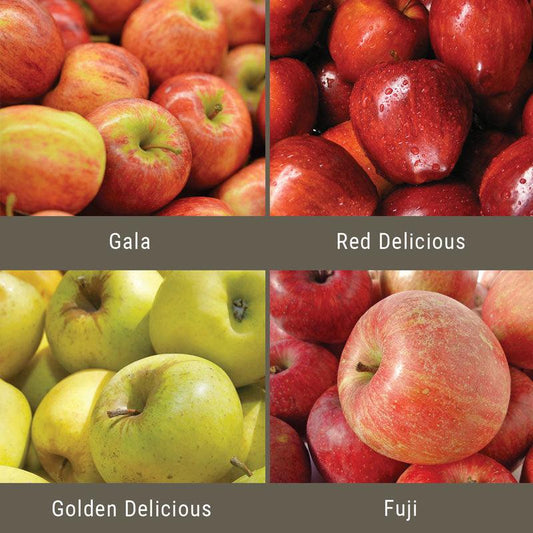
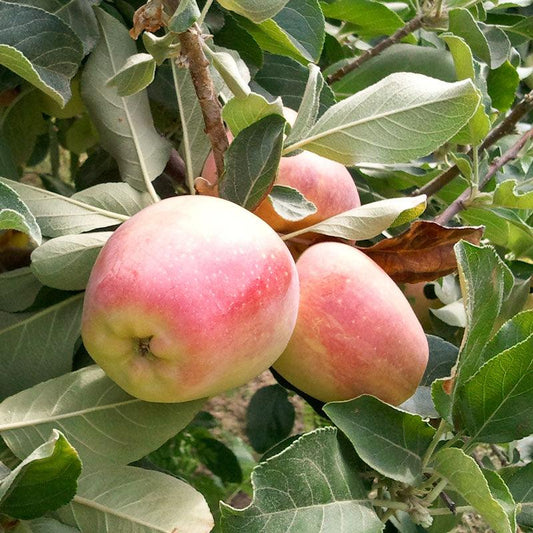

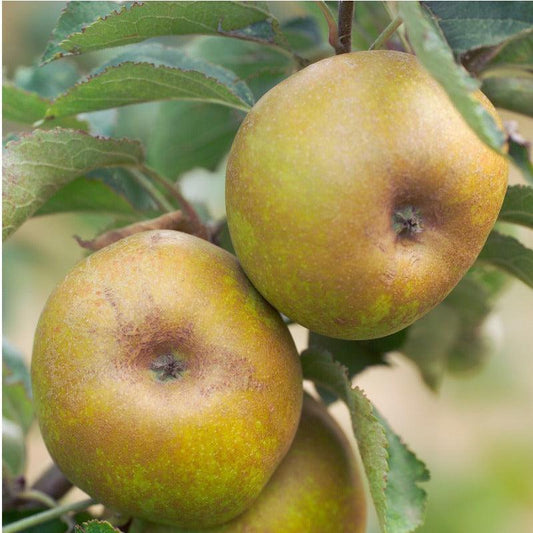

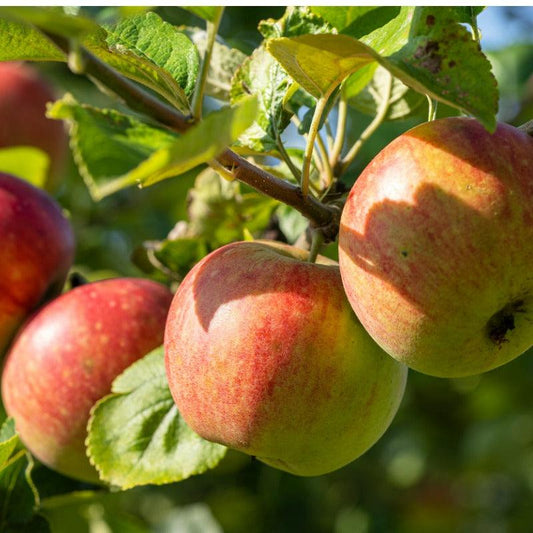
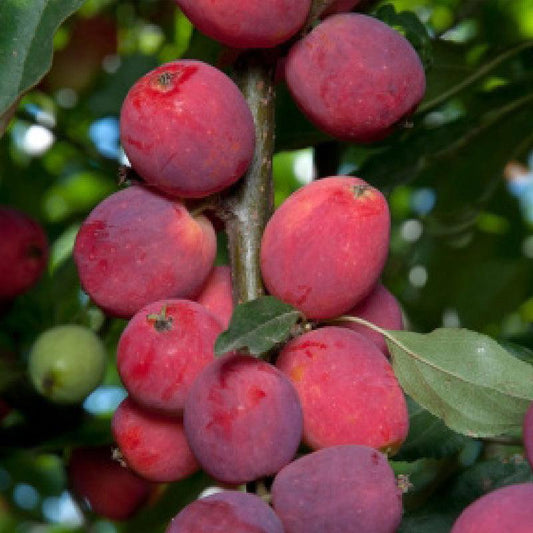
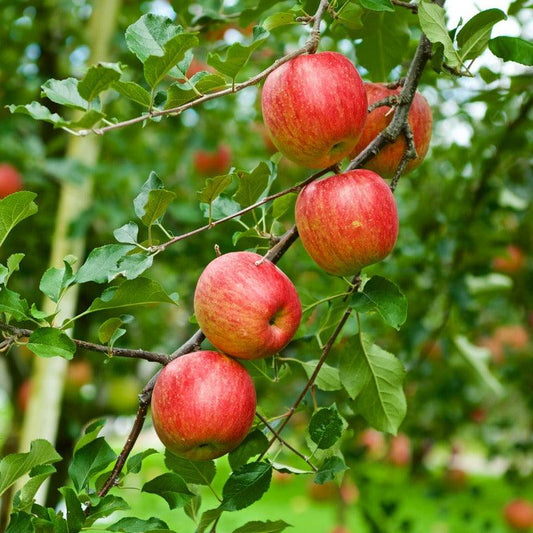
1 comment
thank you so much for your explanation. Clear, complete and practical